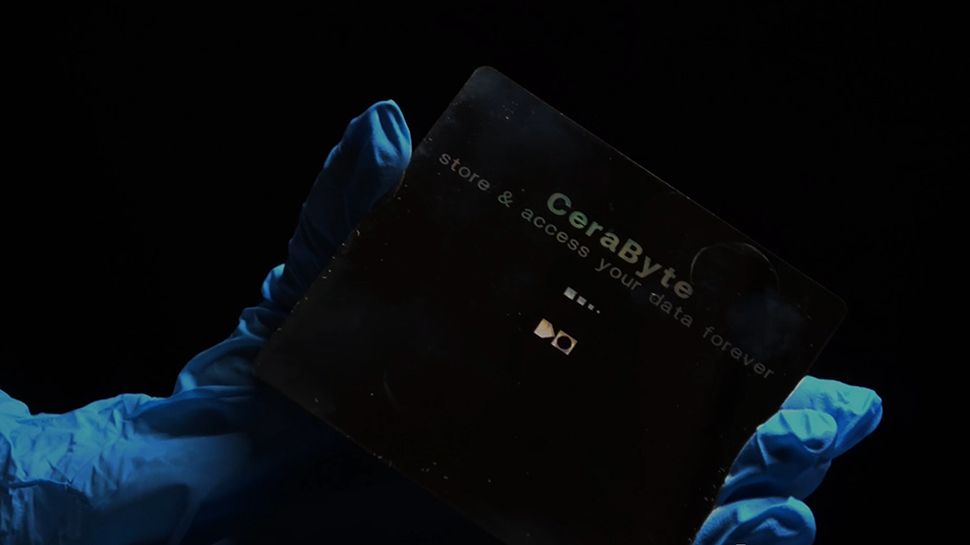The payment day must be a moment of relief. A time to solve invoices and breathe easily, but for customers on February payment, it was anything but relaxing. Generalized mobile blockages left millions unable to access their online banking, causing frustration and chaos when they needed their money.
For customers who depend on these applications to access their salaries, pay bills and administer finance, interruption was more than inconvenience, but a crisis. With only 23% of the British, they trust financial applications, incidents like this only deepen skepticism. But why did this happen and how can banks make sure it doesn't happen again?
VP and MD of EMEA, Dizarkly launch.
Inherited systems out dated under pressure
As the bank changes from the branches to mobile banking and the Internet, inherited systems face a mounting pressure to interact without problems with third -party services and admit a wide range of software devices and versions, from cloud and API services and mobile platforms. This intricate network of dependencies greatly increases the risk of failure, especially during peak periods such as payment day. Without a structured approach to change, even minor updates can activate interruptions.
To reduce these risks, banks must introduce changes progressively and in a controlled way. Uncreated implementations can cause generalized interruptions and damage the client's confidence, which is something that no bank can afford to lose. The solution? A devoteps approach designed to stabilize the system and protect customer experience.
Devops for bank stability
To avoid important interruptions and strengthen the resilience of bank applications, Devops best practices must be integrated into the development and implementation process.
1. Progressive deployments avoid generalized failure
Implementing new functions or updates for all users can simultaneously be a recipe for disaster. Instead, progressive deployment ensures a controlled and gradual introduction of the changes, starting with a small segment, perhaps 1%, then increase to 5%and 10%, moving the next group only when it trusts in the stability of the code.
By gradually introducing changes, banks can verify performance and detect potential problems before they affect the entire customer base. Controlled rolls means less surprises and happier customers.
2. Automated monitoring and instant reversals for reliability
You can't fix what you can't see. Automated monitoring tools can trace key performance indicators (KPI), such as response times, error rates and system load in real time, providing immediate alerts when something goes wrong.
The ability to instantly reverse an earlier version is critical, ideally within 200 milliseconds or less. This makes bank applications reliable, even during high traffic periods.
3. Quick adjustments without inactivity time
Not all changes require a large -scale code implementation. Execution time configuration management allows developers to make real -time settings without deploying the entire application.
This means that if a problem with a new feature arises, banks can disable it instantly without eliminating the entire application. This flexibility is crucial to maintain activity time and guarantee a perfect client experience, even in unpredictable situations.
4. Specific segments for personalized experience
A unique approach for everyone does not work on banking. Customers use different devices, operating systems and network environments, so why are all the same?
By segmenting users based on key attributes, banks can adapt updates to specific groups. This allows them to optimize the user experience, mitigate risk and improve security, without interrupting the entire customer base.
The future of resistant bank applications
Payment day is a crucial and recurring event worldwide, and bank applications have become an essential gateway for consumers to administer their finances. In fact, only in the United Kingdom, 37% of the United Kingdom residents verify the balance of their current account daily. This is proof that reliable digital banking is no longer a convenience, but an exception.
Banks cannot pay another payment failure. When adopting the best devotee practices (progressive releases, automated monitoring and real -time configuration management, they can ensure that February payment events are not repeated.
Devopops best practices, from progressive deployments to automated monitoring, execution time configuration management and specific segmentation, can guide banks through the innovation process without compromising the reliability of their platforms. Reliable applications create safe customers and it is time for banks to fulfill that promise.
We list the best mobile payment application.
This article was produced as part of the Techradarpro Insights Expert Channel, where we present the best and most brilliant minds in the technology industry today. The opinions expressed here are those of the author and are not necessarily those of Techradarpro or Future PLC. If you are interested in contributing, get more information here:









